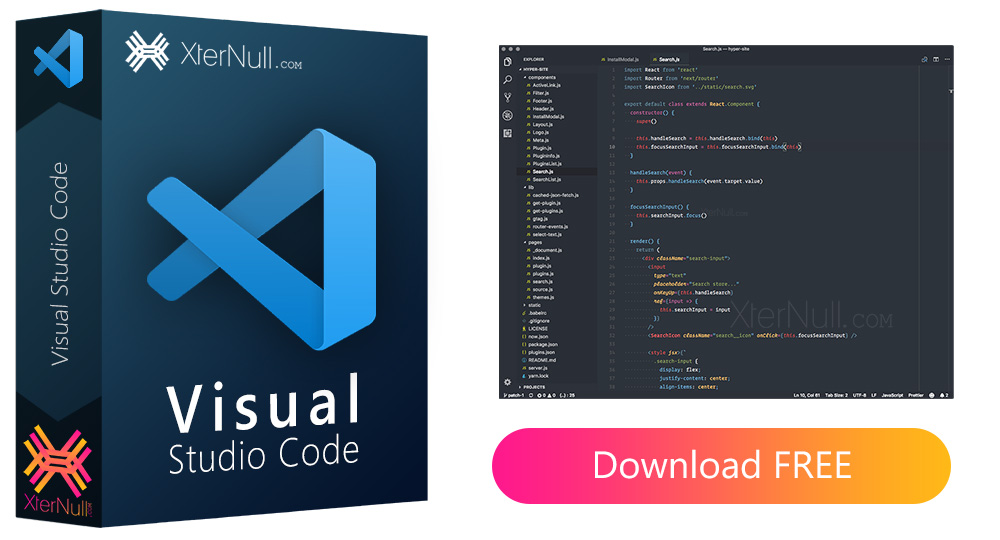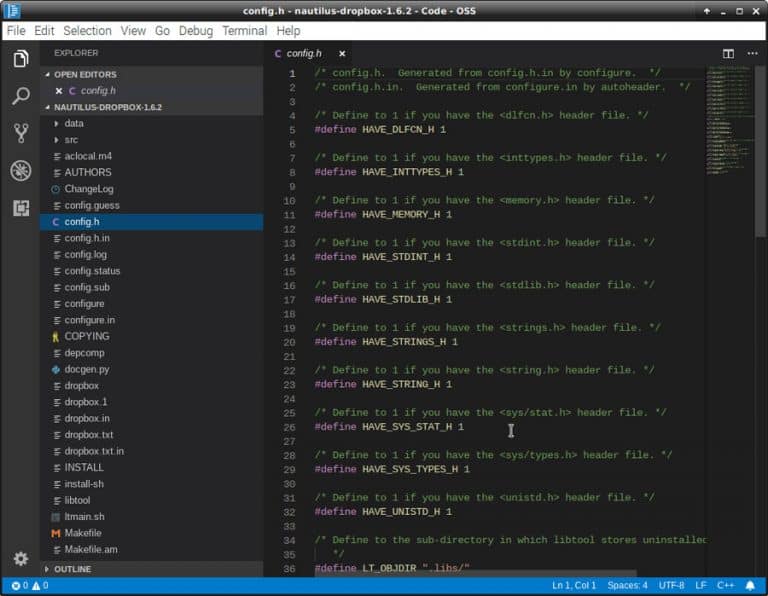


Run, test, debug, and review run history locally.Create a project for your logic app and a blank stateful workflow.However, with Visual Studio Code, you can locally develop, test, and run workflows in your development environment.Īs you progress, you'll complete these high-level tasks: To create this example workflow using the Azure portal instead, follow the steps inĬreate integration workflows using single tenant Azure Logic Apps and the Azure portal.īoth options provide the capability to develop, run, and deploy logic app workflows in the same kinds of environments. That can send messages from your email account, for example,. If you don't have an Office 365 account, you can use any other available action

When the trigger receives a request and fires, the next action runs by sending email to the specified email address along with selected outputs from the trigger. The trigger creates a callable endpoint for the workflow and waits for an inbound HTTPS request from any caller. The example workflow starts with the built-in Request trigger and follows with an Office 365 Outlook action. While the example workflow is cloud-based and has only two steps, you can create workflows from hundreds of operations that can connect a wide range of apps, data, services, and systems across cloud, on premises, and hybrid environments. For more information about single-tenant Azure Logic Apps, review Single-tenant versus multi-tenant and integration service environment. You can also deploy and run your workflow anywhere that Kubernetes can run, including Azure, Azure Kubernetes Service, on premises, or even other cloud providers, due to the Azure Logic Apps containerized runtime. When you're ready, you can deploy your logic app to Azure where your workflow can run in the single-tenant Azure Logic Apps environment or in an App Service Environment v3 (ASEv3 - Windows plans only). You can locally create, run, and test workflows using the Visual Studio Code development environment. Workflows in the same logic app and tenant run in the same process as the Azure Logic Apps runtime, so they share the same resources and provide better performance.

Your logic app can include multiple stateful and stateless workflows. Before you create this workflow, you'll create a Standard logic app resource, which provides the following capabilities: This how-to guide shows how to create an example integration workflow that runs in single-tenant Azure Logic Apps by using Visual Studio Code with the Azure Logic Apps (Standard) extension.


 0 kommentar(er)
0 kommentar(er)
